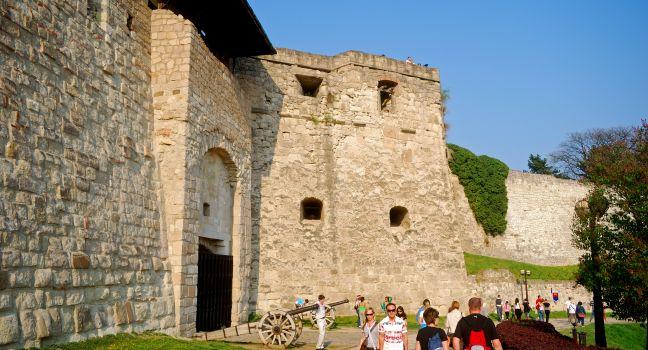Eger Vár

Eger Vár was built after the devastating Tatar invasion of 1241–42. When Béla IV returned from exile in Italy, he ordered the erection of mighty fortresses like those he had seen in the West. Within the castle walls an imposing Romanesque cathedral was built and then, during the 15th century, rebuilt in Gothic style; today only its foundations remain. Inside the foundation area, a statue of Szent István (St. Stephen), erected in 1900, looks out benignly over the city. Nearby are catacombs that were built in the second half of the 16th century by Italian engineers. By racing back and forth through this labyrinth of underground tunnels and appearing at various ends of the castle, the hundreds of defenders tricked the attacking Turks into thinking there were thousands of them. The Gothic-style Püspök Ház (Bishop's House) contains the castle history museum and, in the basement, a numismatics museum where coins can be minted and certified (in English). Also here are an art gallery displaying Italian and Dutch Renaissance works; a prison exhibit, near the main entrance; and a wax museum, depicting characters from the Hungarian historical novel Eclipse of the Crescent Moon, about Hungary's final expulsion of the Turks. Videotaping and picture-taking are not allowed inside the museums, but are okay (at no charge) on the castle grounds.



